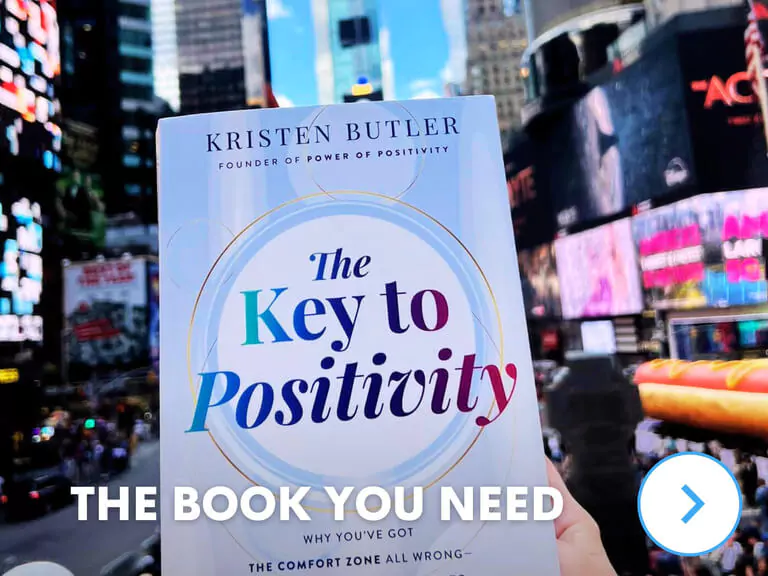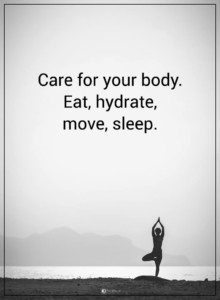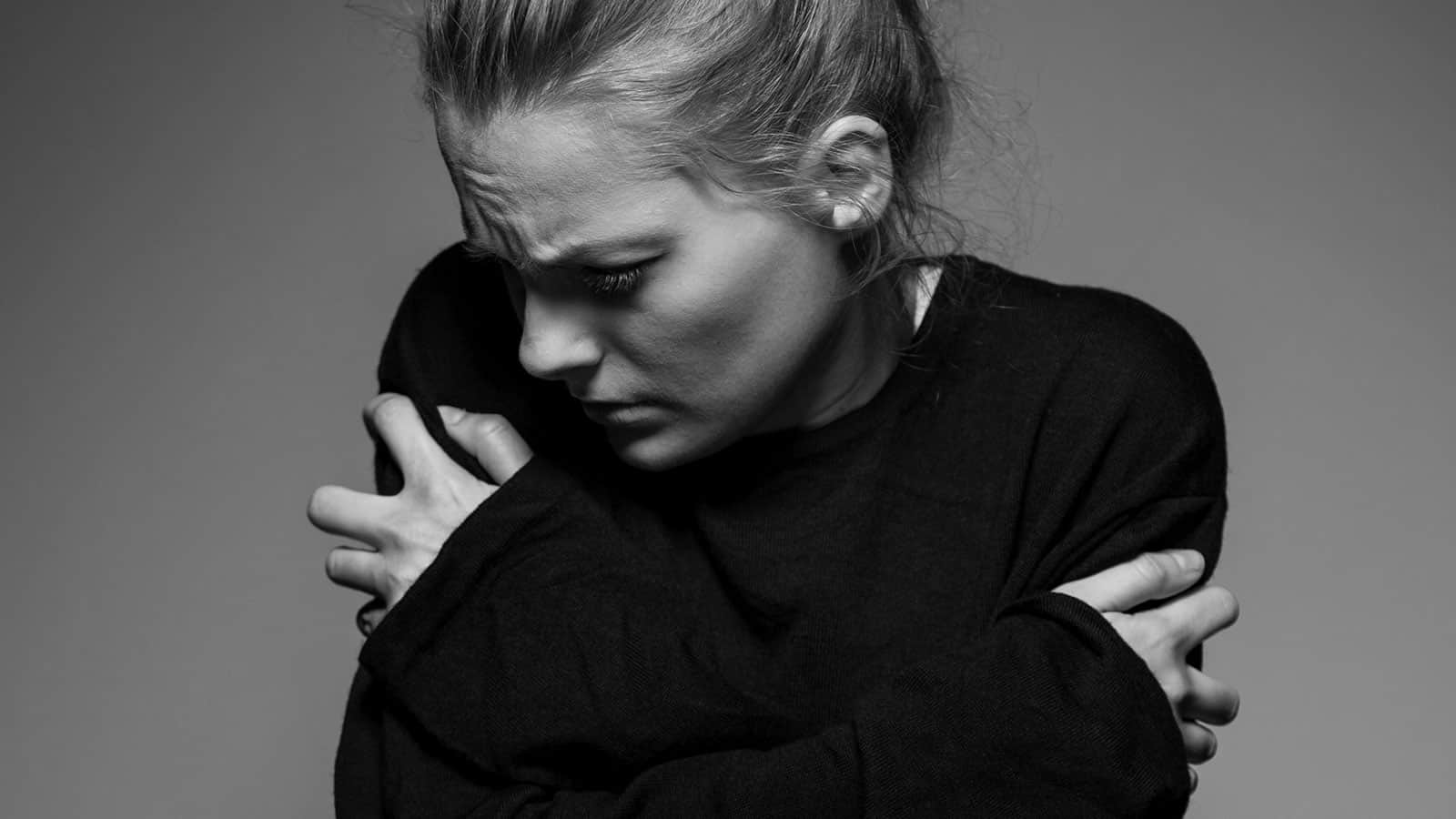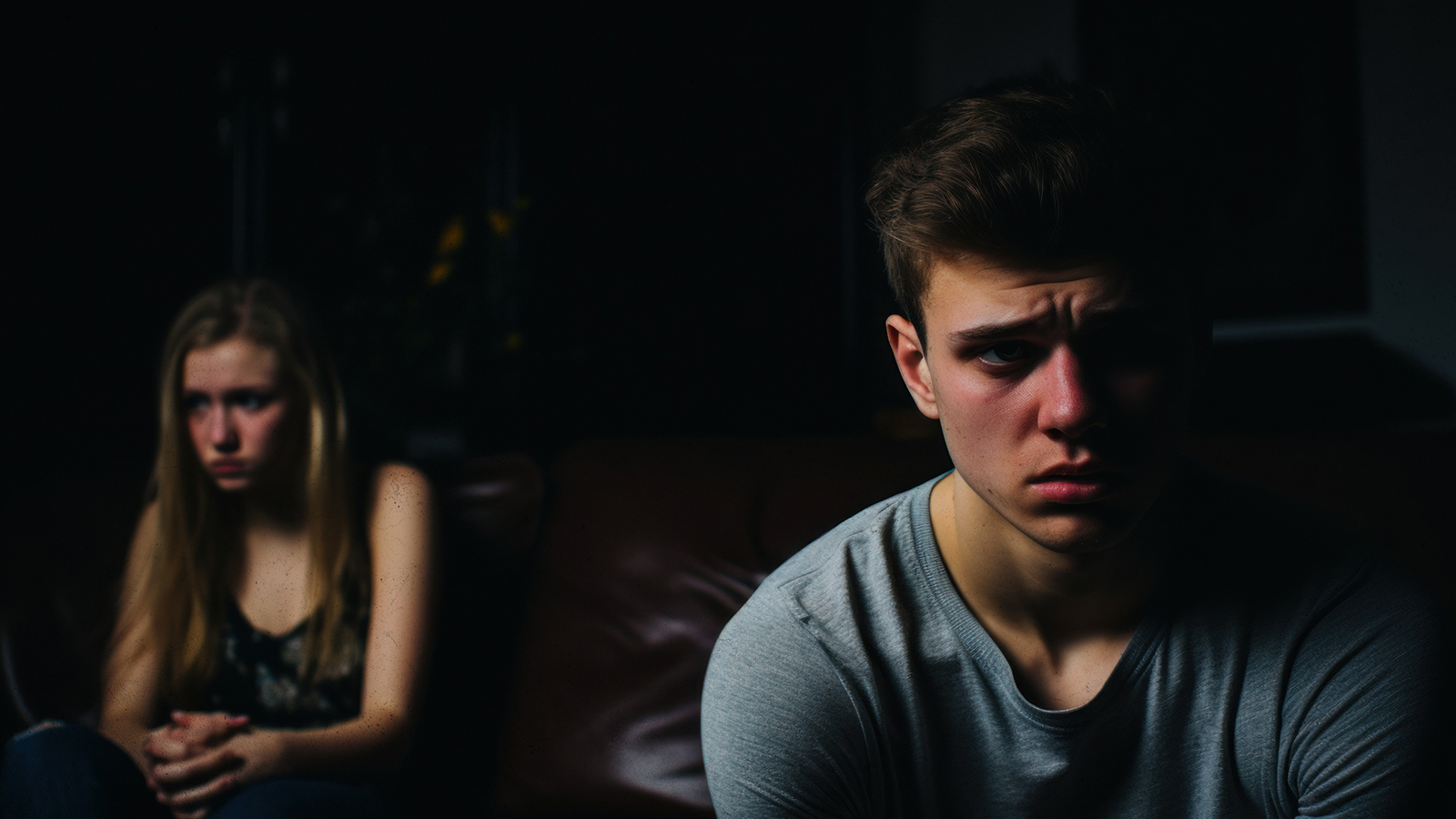Anxiety, stress, and worry rob your soul of its energy. When not controlled, fear can be paralyzing. Your productivity can suffer, your health can deteriorate, and your creativity will go into hiding.
Recognizing when you have anxious is the first step in helping to manage anxiety, so it doesn’t have such a significant impact on your life.
“Being anxious is the worst feeling in the world.” – Enrique Iglesias
What is anxiety?
Anxiety is a regular experience for many people today. Based on the National Institute of Health’s data, scientists estimate that 31% of adults in the United States have had an anxiety disorder in their lifetime. That’s a considerable percentage of people who suffer from anxiety. So what is anxiety? And how do you turn yours into positive energy?
Anxiety is a feeling of concern about an outcome. Anxiety weighs on your mind. If you’re anxious, you may feel fearful, agitated, or uneasy. You may have physical symptoms too, such as
- Extreme tiredness
- Lack of concentration
- Edgy, nervousness
- Insomnia or trouble staying asleep
It’s normal to experience anxiety once in a while. Everyone experiences anxiety due to work issues, financial woes or family problems. It’s part of life, and typically after the problems go away, the nervousness will disappear, too. But for some people, anxiety never lifts. It will morph into something more controlling and life-altering. If you experience this kind of overwhelming fear, you may have an anxiety disorder. It may be time to get some help outside yourself to deal with your anxiety.
Types of Anxiety
People suffer from many types of anxiety disorders. Some of the most common anxiety disorders are
- Generalized anxiety disorder (GAD)
- Panic disorders
- Phobias
- Post-traumatic stress disorder
- Obsessive-Compulsive disorder
What is GAD?
Generalized anxiety disorder or GAD causes feelings of worry or nervousness when there isn’t anything to worry about. If you struggle with GAD, your life is so affected by anxiety, to the point that it can be hard to function normally since your fear will alter your job, your family life and your social life.
Symptoms of GAD
There is a wide assortment of symptoms of GAD. These symptoms often begin in your teenage years and then grow over the years. GAD symptoms include
- Prone to being worry about daily things, aware they worry a lot
- You can’t control your concern or nervousness
- You get startled easily
- Insomnia or trouble staying asleep
- You feel tired a lot of the time
- Physical problems are an issue, are a problem such as IBS, headaches
- You may have tremors
- A feeling of being edgy
- You are to sweating a lot
- Lightheadedness is common
- You need to use the bathroom a lot, diarrhea or constipation
Panic disorder
If you have a panic disorder, you will have periodic and unanticipated fear-inducing experiences that are triggered by a situation you’re in or something you fear. Your panic attack can affect you physically, causing
- Fast beating, fluttering heart
- Shaking all over
- Sudden sweating
- Feeling like you can’t catch your breath, the sensation of smothering
- Feel like something terrible is about to happen
- Feel like you can’t get control
If you have a panic disorder, it’s hard not to worry about when the next panic attack will occur. You may try to avoid those situations that could set it off again. Worrying about another panic attack can consume your time and energy. It also affects your work, family, and social activities so that you may eventually become reclusive and withdrawn from your healthy life.
Phobias
A phobia is when you have constant, unreasonable fears of a thing, a person, an animal, or a circumstance. This anxiety disorder causes you to stay away from the specific thing that sets off the fear and anxious feelings. If you have a phobia, you may experience
- Unreasonable fear and worry about a situation or something you fear
- You’ll work hard to stay away from that thing or circumstance you’re afraid of
- Extreme, anxiousness being near the thing or circumstance
- Experience physical and emotional upset when you’re in the situation, or around the thing you fear
Specific phobias
Specific phobias are common phobias you may encounter. These phobias can be so intense that you alter your life to avoid them. Specific phobias include the fears of the following situations:
- Flying
- Heights
- Insects or animals
- Getting a shot or needles
- Dark places
- Thunderstorms
- Doctors, hospitals or dentists
Sometimes specific phobias run in families. There can also be learned phobias that you picked up in childhood, especially if one of your parents had a phobia. Phobias sometimes get worse as you grow older, and they may increase your risk of other psychiatric problems later in life.
Social anxiety disorder
If you have a social anxiety disorder, you will fear social experiences. You will worry when in social settings and fear that people will notice your nervousness and anxiety while you’re in this setting. It can feel like a vicious cycle. This fear and worry about being in a social environment can get so bad, and you start avoiding social situations entirely. This anxiety disorder can affect your family life, your work, and your other activities outside the home.
Agoraphobia
If you have agoraphobia, you will fear to be in at least two or more of these situations.
- Riding on any kind of public transportation like trains, planes, or buses
- Being in some sort of wide-open area
- Being in a closed-in place like a small room, small waiting room or closet
- Waiting in line with other people
- Staying alone in your house
- Standing alone outside in the open
If you have agoraphobia, you will try to stay away from these circumstances because you’re afraid they’ll trigger a reaction. If you don’t get help, it could lead to you never leaving your house. Stay away from these circumstances because you’re afraid they’ll trigger a panicked reaction. If you don’t get help, it could lead to you never leaving your house.
Post-Traumatic Stress
Post-traumatic stress, PTSD, develops when you experience a frightening situation. When you suffer from a scary experience, you may feel anxious or fearful. Most people adjust back to normal after the event has passed. But sometimes the event is so traumatic and upsetting that a person experiences long-term problems. These include being overly anxious or easily frightened, even when there isn’t anything to be afraid of.
Doctors don’t know what causes PTSD, but it often occurs in response to the following types of events:
- A stress-inducing situation, it usually includes some kind of severe trauma that you’ve experienced
- Family history of anxiety, depression or mental illness
- Temperament or personality is prone to it
- Brain chemicals or hormones don’t respond well to stress
- Living through dangerous events and traumas
- Seeing someone get killed or injured
- Trauma experienced as a child
- Extreme fear situation
- A usually stressful event that induces pain, injury or fear or loss
Things to help you heal or reduce your PTSD may include
- Strong community or supportive family situation
- PTSD support groups
- Feeling like you did okay in the face of danger
- Coming up with a coping strategy when you are faced with uncertainty or fears
- Learning what to do when you face fear
Obsessive-Compulsive disorder
Obsessive-compulsive disorder, OCD, is a long-standing disorder that often shows up in a person’s childhood. If you suffer from OCD, you have repeated, out-of-control thoughts or behaviors or compulsions to repeat something over and over.
OCD symptoms can be obsessive or compulsive, and sometimes both. OCD can disrupt your work, family life, and social relationships. If you suffer from obsessions, you may have recurring thoughts, desires, or mental pictures that produce anxiety.
Typical obsessions for those who struggle with OCD include the following:
- Fear of getting sick, being contaminated or in contact with germs
- Troubling thoughts about sexual things, injuring yourself or someone else or unnatural religious thoughts
- Aggressive thoughts about others or yourself
- Perfect tidiness and obsession about cleanliness
If you suffer from compulsiveness, you will have the urge to do something over and over again.
Typical compulsive behavior for those who struggle with OCD includes these actions:
- Constant hand washing
- Continual tidying up and rearranging
- Always checking if things are in order-doors locked, stove turned off
- Constant counting
Doctors aren’t sure what causes OCD, but certain factors contribute to this anxiety disorder.
- Genetics-if a parent has OCD, their child is more likely to develop OCD
- Brain structure and function-people with OCD have some differences in their frontal brain cortex and subcortical part of the brain
- Environment-Childhood trauma, sometimes kids develop OCD after having a strep infection
Physical conditions that result from anxiety
Anxiety affects your body and your mind. There are several physical conditions and emotional problems that may occur if you suffer from anxiety. Some common physical and psychological issues related to anxiety include
- Heart disease-stress and strain affect your heart
- Depression-anxious thoughts contribute to depression and hopeless feelings
- Asthma-Breathing problems sometimes show up in those who suffer from an anxiety disorder
- Gastro problems-Problems with your gut connect to anxiety, fear, and constant worry
- Persistent coughing- A nervous cough may show up if you suffer from anxiety
- Headaches-Migraines are a common side effect of anxiety
- High blood pressure-Doctors often warn high blood pressure patients to find a way to relax, to avoid anxiety or situations that cause anxiety
- Insomnia-Sleeplessness if a common problem for those who suffer from anxiety
Anxiety disorders affect many people today. These disorders can be life-altering and debilitating if you don’t get help. With help, you can get your life back into control and learn to deal with your anxiety disorder. It will take time and patience, but that’s okay. It will be baby steps at first. Start small, and before you know it, you’ll find that you are turning your anxiety into positive energy little by little.
Try these seven things to help transform anxiety and worry into positive energy.
1 – Use Your Breath
During times of anxiety and stress, our breathing patterns change. The normal pattern of breathing is slow and from our lower lungs. In times of stress, we begin to breathe from our upper lungs rapidly and shallowly. It may be even hard to catch your breath.
When you feel yourself tensing up or notice your breathing pattern change, try calming your breath.
Start by taking a long, slow breath. Breathe in through your nose and concentrate on filling your lungs, filling the lower lungs first (breathing into your stomach), then the upper.
Hold your breath for just a moment, then slowly exhale through the mouth. While you exhale, focus on relaxing the muscles where you carry your tension.
According to the Mayo Clinic, when you practice relaxation techniques like breathing, “you’ll become more aware of muscle tension and other physical sensations of stress. Once you know what the stress response feels like, you can make a conscious effort to practice a relaxation technique the moment you start to feel stress symptoms. It can prevent stress from spiraling out of control.”
2 – Question The Situation
It is important to put the situation into perspective, especially in times of stress. The best way to do that is to ask yourself questions. Asking questions leads to clarity and will help you focus on what you need to understand and plan for action.
Learning to question effectively is an art form. Ask yourself open-ended questions, like “What?” or “How?” to make sure you can get the answers you need, not the ones you think you want.
Keep questioning until the situation is clear, and the challenge is put in the proper perspective. Always end by asking the question, “What is the worst that can happen?” This question alone helps you realize that the problem or the situation probably isn’t as bad as it seems.
When you feel like you have a handle on the situation, you become more empowered and in control, and it helps to alleviate a lot of stress and emotion around the situation.
3 – Stop Resisting and Start Accepting
Stuff happens, and it is our response to this “stuff” that determines our level of stress or anxiety. Realizing life isn’t perfect, and knowing “stuff” will happen helps you accept it when it does.
By accepting challenging situations as they occur as just another thing to work through, you will be better equipped to handle anything that comes your way.
4 – Brainstorm All Possible Options
One of the biggest problems in times of stress is the feeling that we aren’t in control. One of the best ways to start to feel in control again is to brainstorm solutions.
Just transitioning your thoughts from the “Why me?” mentality to one focused on solutions, gives back a feeling of control necessary to move through the stressful situation.
5 – Take Action
Doing something towards a possible solution is necessary to relieve anxiety and stress. Without taking action and trying to move out of the challenge, it is too easy to remain in the negative space.
Once you brainstorm a list of possible options, it is time to take action. Based on all of your brainstorming and other information, choose a solution, and do it.
6 – Be Comfortable with Your Decisions
The hardest part of taking action is the fear of failure. Trust that you made the best decision at the time based on all of the information you had.
It is easy to look backward and see things differently, but looking backward won’t help. Once you make a decision, be comfortable with it, no matter the outcome.
7 – Trust That It Will Work Out as It Should
You have done your due diligence if you have questioned, brainstormed, and taken action. When you work through challenges with the best possible intentions, the best outcome will be realized.
Even if it isn’t the outcome you had hoped, it is the outcome that was meant to be. Regardless of the outcome, there is a lesson to learn. Find it, master it, and then continue forward on the journey.
There is no need to succumb to the effects of anxiety, stress, and worry. Once you begin to recognize it, you can begin to do things to help alleviate it. The goal is to do something, anything, so the anxiety and worry don’t paralyze you. And a great place to start is with your breath.



















